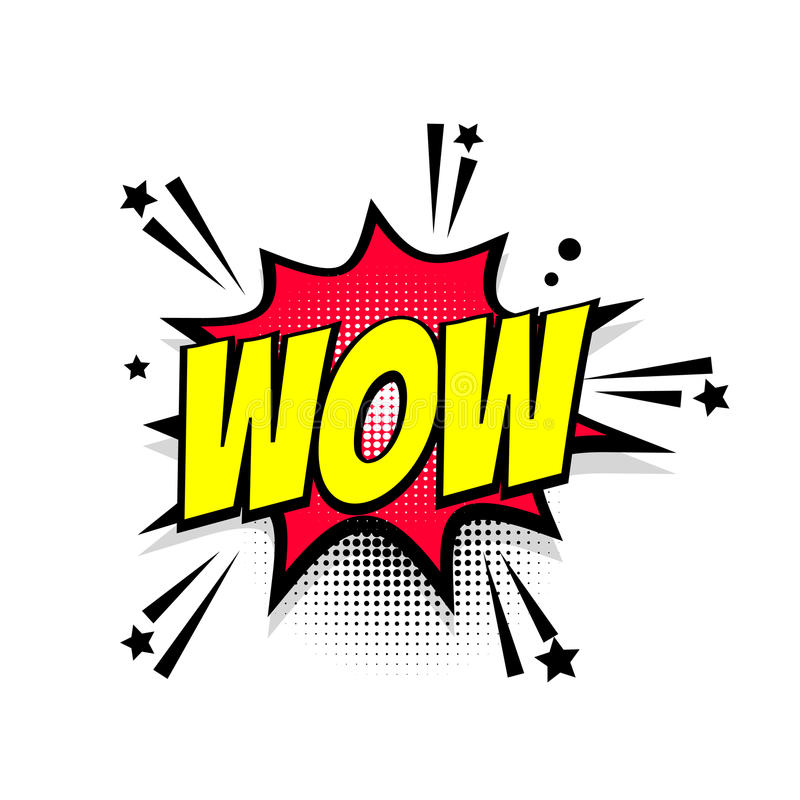
A woman and a child walk past a banner welcoming U.S. Vice President JD Vance on a street in New Delhi, India, on Monday. AP/AP hide caption
toggle caption
AP/AP
NEW DELHI — U.S. Vice President JD Vance arrived in India on Monday for a four-day visit as New Delhi looks to avoid U.S. tariffs, negotiate a bilateral trade deal with Washington and strengthen ties with the Trump administration.
Vance will meet Prime Minister Narendra Modi on the first day of his largely personal visit. The two leaders are expected to hold discussions on bilateral ties outlined in February when Modi met President Donald Trump in Washington.
The U.S. is India's largest trading partner and the two countries are now holding negotiations aiming to seal a bilateral trade agreement this year.
They have set an ambitious target of more than doubling their bilateral trade to $500 billion by 2030. If achieved, the trade deal could significantly enhance economic ties between the two countries and potentially strengthen diplomatic ties as well.
Vance's first visit to New Delhi comes amid the backdrop of Trump's now-paused tariff program against most countries, including India. It also coincides with a rapidly intensifying trade war between Washington and Beijing, which is New Delhi's main rival in the region.
"We are very positive that the visit will give a further boost to our bilateral ties," Indian Foreign Ministry spokesperson Randhir Jaiswal told reporters last week.
Vance was greeted with an Indian classical dance performance after he arrived at New Delhi's Palam airport on Monday, following his visit to Rome, where he met Pope Francis on Easter Sunday. He is accompanied by his wife, Usha Vance, whose parents are from India, along with their children and officials from the U.S. administration. The couple will visit historical sites in the cities of Jaipur and Agra.

U.S. Vice President JD Vance and second lady Usha Vance arrive in New Delhi, India, on Monday. Kenny Holston/AP/Pool The New York Times hide caption
toggle caption
Kenny Holston/AP/Pool The New York Times
India is a close partner of the U.S. and an important strategic ally in combating the rising influence of China in the Indo-Pacific region.
It is also part of the Quad, which is comprised of the U.S., India, Japan and Australia and is seen as a counterbalance to China's expansion in the region. Trump is expected to attend a summit of Quad leaders in India later this year.
Modi established a good working relationship with Trump during his first term in office and the two leaders are likely to further boost cooperation between their countries.
He was among the first leaders to visit the U.S. and hold talks with Trump after he returned to the White House. During his visit, Modi hailed a "mega partnership" with the U.S., and kickstarted a negotiation process to minimize the possible fallout of Trump's tariffs.
The two leaders also said they planned to grow their defense partnership, with India signaling compliance with the Trump administration's demands, saying it will purchase more oil, energy and defense equipment from the U.S.
Regardless, Trump targeted India with a 26% levy, which has since been paused. However, he has continued to call India a "tariff abuser" and "tariff king."
The trade negotiations are especially urgent for New Delhi as it could be hit hard by Trump's reciprocal tariffs, particularly in the agriculture, processed food, auto components, high-end machinery, medical equipment and jewelry sectors.

 16 hours ago
1
16 hours ago
1


 English (US)
English (US)